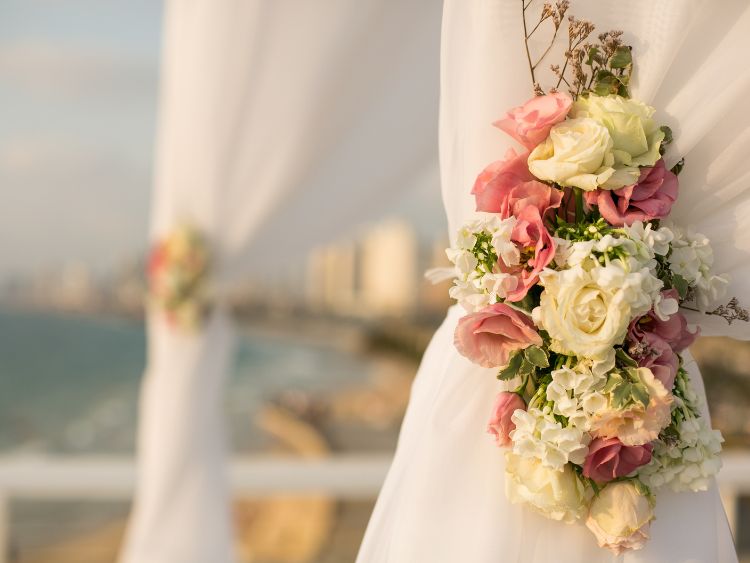Formal vs Black Tie: Understanding the Key Differences
When it comes to dressing up for special occasions, the terms “formal” and “black tie” often come up. But what do these dress codes really mean? Are they interchangeable, or do they require distinct attire? In this article, we’ll dive into the nuances of formal and black-tie dress codes, exploring their origins, what’s expected for each, and how you can navigate these often-confusing waters with confidence.
Introduction to Dress Codes
Dressing appropriately for an event is more than just a matter of personal style; it’s a sign of respect for the occasion and the host. Dress codes are a guideline that helps attendees align their attire with the event’s tone. Two of the most common dress codes that tend to cause confusion are “formal” and “black tie.” Understanding the difference between these two can save you from showing up underdressed or overdressed, ensuring you make the right impression every time.
What Does “Formal” Mean?
The term “formal” in a dress code can be a bit ambiguous, as it encompasses a range of attire depending on the context and the time of day. Generally, formal attire is less rigid than black tie but still requires a polished and sophisticated look. It’s about dressing to impress, without necessarily adhering to the strict guidelines that come with black tie.
For Men:
- Daytime Formal: A dark suit, tie, dress shirt, and polished shoes.
- Evening Formal: A dark suit or tuxedo, tie, or bow tie, and dress shoes.
- Accessories: Cufflinks, a watch, and a pocket square can add a touch of sophistication.
For Women:
- Daytime Formal: A tailored dress, dressy separates like a skirt and blouse, or a pantsuit.
- Evening Formal: A cocktail dress, an evening gown, or a dressy suit.
- Accessories: Elegant jewelry, a clutch, and heels complete the look.
The key to nailing formal attire is to think polished and elegant without venturing into overly ornate or casual territory.
Black Tie: The Epitome of Elegance
Black tie is a step up from formal, with specific requirements that leave little room for interpretation. This dress code is traditionally reserved for evening events and calls for attire that is sophisticated, elegant, and timeless.
For Men:
- Tuxedo: The foundation of a black-tie ensemble. This includes a black or midnight blue jacket with satin or grosgrain lapels, matching trousers with a satin stripe, and a white dress shirt.
- Bow Tie: A black silk or satin bow tie is the standard.
- Shoes: Polished black dress shoes, often patent leather.
- Accessories: Cufflinks, a cummerbund or waistcoat, and a pocket square.
For Women:
- Evening Gown: The go-to for black-tie events. The gown should be floor-length and made from luxurious fabrics like silk, chiffon, or velvet.
- Dressy Separates: Occasionally acceptable, but they must be as formal as a gown.
- Shoes: High heels, preferably in a classic style.
- Accessories: Statement jewelry, an elegant clutch, and a shawl or wrap.
The black-tie dress code is rooted in tradition, and while it has evolved slightly over time, the essentials remain steadfast. It’s all about embracing a look that is both timeless and refined.
Differences Between Formal and Black Tie
While both dress codes require you to dress up, there are distinct differences between formal and black tie.
- Level of Formality:
- Formal: Offers some flexibility, especially during the day. It allows for a dark suit for men and a cocktail dress or evening suit for women.
- Black Tie: Stricter and more rigid, specifically calling for a tuxedo for men and a floor-length gown for women.
- Occasions:
- Formal: Suitable for weddings, galas, and evening events that don’t require black tie.
- Black Tie: Reserved for very formal occasions such as weddings, charity balls, and high-end events, typically held in the evening.
- Attire Requirements:
- Formal: More about looking polished and put-together with a broader range of acceptable attire.
- Black Tie: Demands a specific uniform of a tuxedo and evening gown, with little room for deviation.
Why Understanding the Difference Matters
Knowing the difference between formal and black-tie dress codes is crucial for ensuring you’re dressed appropriately for an event. Showing up underdressed can make you feel out of place, while overdressing might lead to unnecessary attention. By understanding these distinctions, you’ll be able to choose your attire with confidence, ensuring you fit seamlessly into the occasion.
Navigating the Grey Areas
There can be situations where the lines between formal and black tie blur, especially with more modern interpretations of these dress codes. For instance, some weddings or corporate events may label their dress code as “formal,” but expect black-tie attire. In such cases, it’s always a good idea to clarify with the host if you’re uncertain.
Common FAQs About Formal vs Black Tie
1. Can I wear a dark suit instead of a tuxedo for a black-tie event?
No, a dark suit, while suitable for formal occasions, does not meet the requirements of a black-tie dress code. A tuxedo is essential for adhering to black-tie standards.
2. Are cocktail dresses appropriate for black-tie events?
Typically, no. Black tie generally calls for a floor-length evening gown. However, in more modern, relaxed interpretations of black tie, a very formal cocktail dress might be acceptable.
3. Is black-tie attire always black?
Traditionally, yes, especially for men. However, midnight blue tuxedos have become an acceptable alternative, and women can opt for gowns in various colors.
4. What should I do if the invitation says “black tie optional”?
“Black tie optional” means that while a tuxedo or evening gown is encouraged, it’s not mandatory. You can wear a dark suit and tie for men or a formal cocktail dress for women, but you should still aim for a sophisticated and polished look.
Conclusion: Dressing With Confidence
Whether you’re attending a formal event or a black-tie affair, understanding the nuances of each dress code will help you make the right choice and feel confident in your appearance. Remember, formal attire allows for a bit more flexibility, while black tie adheres to more stringent rules. By keeping these guidelines in mind, you’ll be well-equipped to dress appropriately and make a lasting impression at any event.
Authoritative Links:
- https://www.gq.com/story/black-tie-dress-code-explained
- https://www.esquire.com/style/mens-fashion/a10038/formal-dress-code-1012/
- https://www.vogue.com/article/what-to-wear-black-tie-dress-code
- https://www.theknot.com/content/wedding-guest-attire-cheat-sheet
This comprehensive article on “formal vs black tie” will ensure you’re well-prepared for any event, distinguishing yourself with both style and grace.





